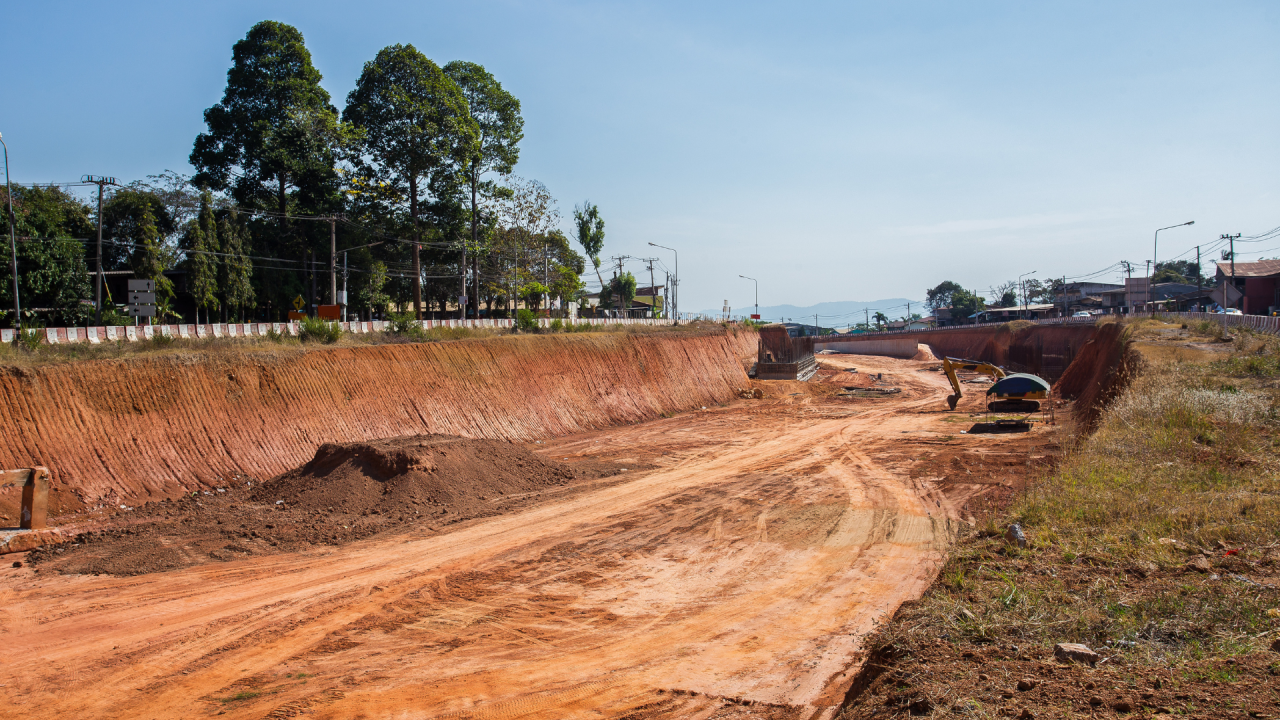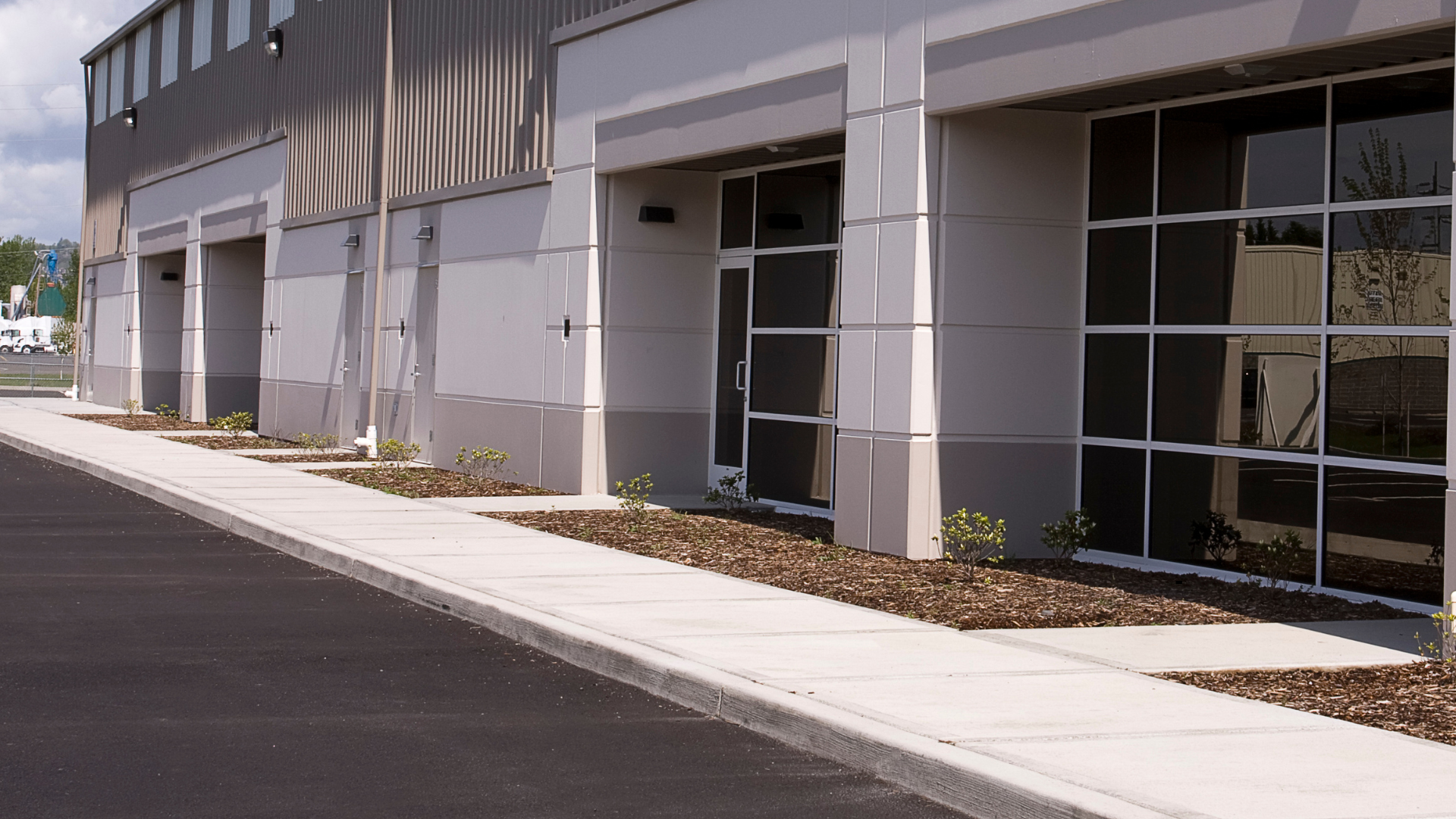Fine grading and rough grading are distinct techniques in construction and landscaping. These methods play vital roles in shaping a project site’s topography.
Fine grading involves precision and thorough attention to detail for a smooth and even surface suitable for the final construction or landscaping elements. Rough grading focuses on initial land preparation, shaping the terrain to meet the project’s basic contours and drainage needs.
These grading methods differ significantly in purpose, execution, and the desired outcomes they achieve. Read on to uncover more insights.
Objectives and Goals
Fine grading’s primary objective is achieving a smooth and level surface. This technique strives for accuracy, creating a base suitable for intricate construction, landscaping, or pavement. The grading phase ensures proper drainage, eliminating any irregularities that might disrupt the final project.
Rough grading aims to establish an essential foundation for a construction project. Its primary goal is leveling the land and removing significant obstacles. This method is less precise than fine grading and may not address fine details. Rough grading is the initial step before fine grading, preparing the site for further development.
Equipment and Tools
Fine Grading involves creating a smooth and level surface. Equipment like graders, dozers, and skid-steer loaders are essential to achieve this. These machines can precisely adjust the terrain to meet specific grade requirements.
Rough Grading focuses on initial earthmoving and shaping. Heavy machinery such as excavators, bulldozers, and backhoes are used for this stage. They handle the rough work of moving soil and debris to prepare the site for finer adjustments.
Finishing tools like laser-guided screeds, asphalt pavers, and rollers help achieve the desired surface texture in fine grading. These tools ensure the surface is even and ready for subsequent construction activities. In rough grading, excavation equipment digs, moves, and compacts soil to shape the primary site. This prepares the ground for the detailed work of fine Grading.
Depth and Precision
Fine grading focuses on achieving precise levels and smooth surfaces, ensuring the final grade conforms to design specifications. It involves careful measurements and thorough adjustments, producing a polished and refined finish.
Rough grading emphasizes the initial shaping and contouring of the terrain. It establishes the primary slope, drainage, and overall layout less precisely. Rough grading provides a foundation for further work, such as landscaping and construction.
Timing in Construction Projects
The timing for these grading processes depends on the project’s scope and complexity. Fine grading typically occurs later in the project timeline when precise grading is essential, such as for building foundations or roads. Rough grading usually takes place in the early stages of preparing the site. Effective project scheduling ensures that fine grading follows rough grading seamlessly. This prevents unnecessary delays, reduces rework, and optimizes resource allocation.
Cost Considerations
Fine grading, though precise, demands more time and resources. The intricacy of fine grading increases costs. Rough grading is faster and more budget-friendly upfront. However, any errors in rough grading can lead to costly adjustments during fine grading.
Complete Your Projects Seamlessly With Asphalt Surfacing, Inc.
Asphalt Surfacing, Inc. is your trusted partner for ensuring the successful completion of your projects with premier asphalt solutions. You can expect nothing less than seamless, durable, long-lasting results that will stand the test of time. Contact us today to get started.




